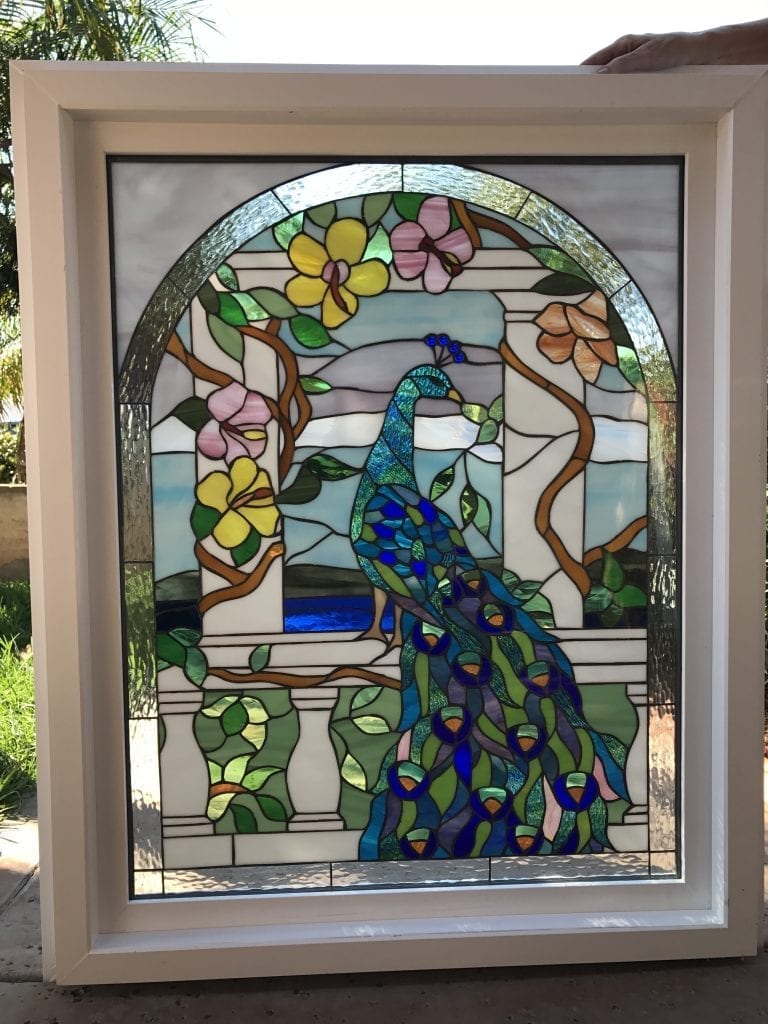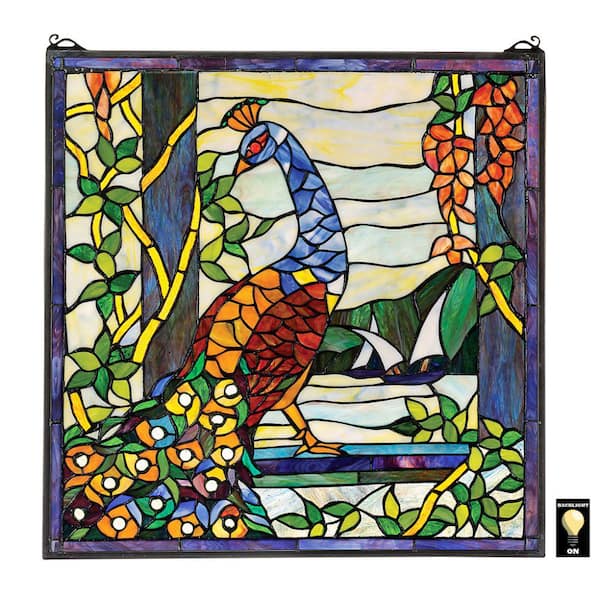
Some visitors go further and ask a question that the nautilus shell has long posed for me - not how this beauty is produced but why. They marvel at how a deep-sea animal could produce such elegant patterns and captivating colors.

The visitors run their fingers over the tigerish stripes on the exterior, tilt the half-shell to catch the sheen of its pearly interior, examine the spiraling chambers. Many ask if they might look at it more closely, and I am always happy to reach the two pieces down from their niche and lay them in curious hands. Over the years, visitors have often admired the shell. It is a marvelous feat of construction - as if a baby fashioned its own cradle and then, having outgrown that first home, went on to make a crib, a bedroom, a hut, a cottage, a mansion, on and on, all life long. The lustrous interior reveals a sequence of chambers resembling crescent moons, 30 in all, which the nautilus fashioned as it grew, beginning with a cranny too small to see without a magnifying glass and increasing, step by step, to the size of a child’s grin. On the outside, wavy stripes the color of butterscotch radiate from the center of the spiral, contrasting with an ivory background that is faintly grooved, as if from brush strokes in glossy paint. As large as a saucer and thinner than fine porcelain, our shell has been sliced down the middle in such a way as to produce two symmetrical halves, which we display side-by-side, one half showing the exterior and the other showing the interior. When the nautilus was in residence, it would have floated with the knobby core of the spiral uppermost and the curving tail pointed down. Like the shell of a lowly snail, and like our galaxy, it has a spiral shape.

My mother bought it for us at a flea market more than 30 years ago, thinking we might welcome a reminder of the ocean here in landlocked Indiana. In a niche above our hearth, alongside books and rocks and bird nests, my wife and I keep the shell of a chambered nautilus.

Editor’s Note: Essayist Scott Russell Sanders left the project of defining beauty to the philosophers, but he considered its purpose in the universe and its importance to human life in this 2012 meditation on the exquisite that exists everywhere we look.


 0 kommentar(er)
0 kommentar(er)
